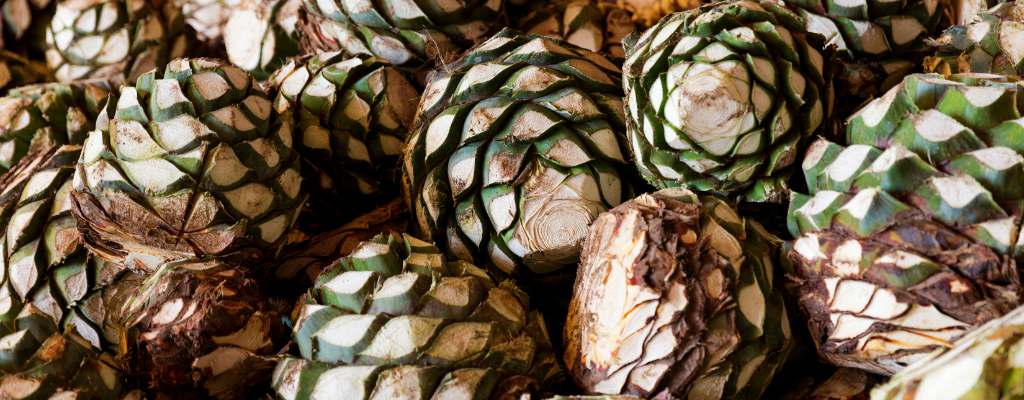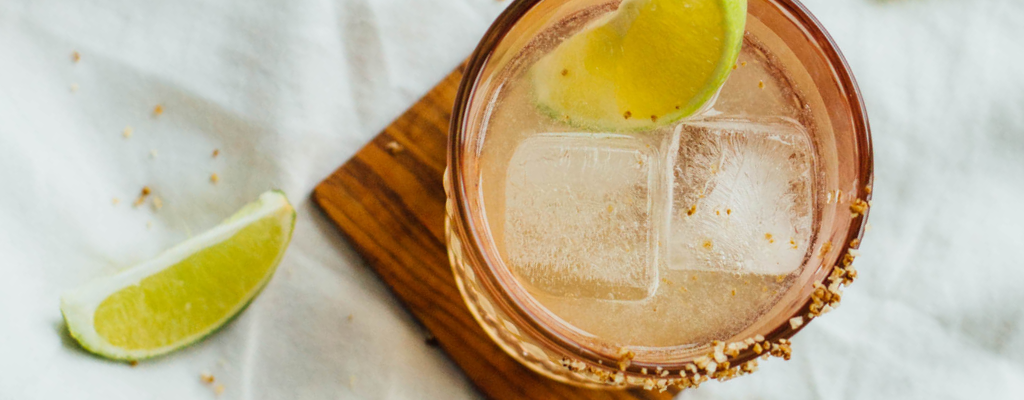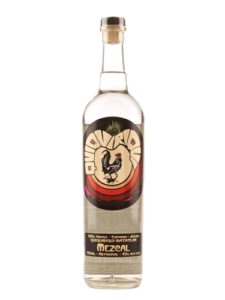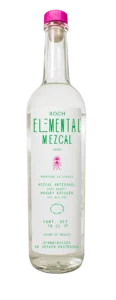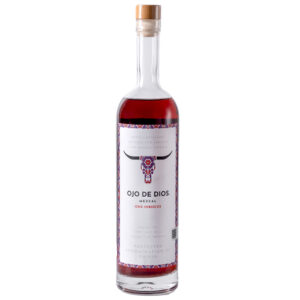Published on February 27, 2023.
Who was behind the man with the moustache?
When talking about agave-based spirits, most people think of the number one party drink – Tequila. However, the real mother of agave-based spirits is Mezcal. Not many people know that all tequila is a type of mezcal, but not all mezcal is tequila. The name Mezcal comes from the Nahuatl (Aztec) Mexcalli which literally translates to ‘oven cooked agave’. Mezcal is a distilled alcoholic spirit made from any type of agave, or maguey, plant native to Mexico with over 40 types available. This is one of the areas where it differs from Tequila which can only be made from three types of blue agave.
Although agave grows in most states in Mexico, only 9 states can legally produce mezcal, including Oaxaca, Guerrero, Durango, Guanajuato, Michoacán, Puebla, San Luis Potosí, Tamaulipas, and Zacatecas. Mezcal was granted its own denomination of origin in 1994. This put in place regulations on how and where Mezcal could be produced. Mezcal producers use in-ground fire pits filled with wood and charcoal. This is why mezcals stand a better chance of tasting multi-dimensional and offers more variety to the oven-steamed tequila.
The process of creating this spirit is a true artisanal procedure. Like many artists, mezcal producers painstakingly create all batches by hand and with passion behind it. Both wild and cultivated varieties of agave are ready for harvest when the flower sprouts, shooting about 10 to 15 feet into the air. When this occurs is a true test of patience, since agave varieties can take anywhere from 6 to 70 years to mature. After the leaves have been hacked away, the heart of the agave, or the piña, is sent to a mezcal distiller.
Roasting the piñas is done with a fire in a large, conical pit in the ground. When the blaze turns into a smolder, the piñas are added to the pit, covered, and allowed to cook for up to a week. Once roasted and ready, the piñas are ground into a pulp. If the mezcal is either an artisanal or ancestral variety, this will be accomplished with a tahona, a large stone wheel driven by livestock, or with a mazo, a wooden mallet wielded by hand.
The pulp is then transferred to wooden barrels, where it’s left to ferment in the open air for 4 to 10 days. This strays from the usual, strictly-controlled conditions common to many other fermentation processes. The ferment is then distilled 2 to 3 times. If it’s artisanal, it will be distilled using copper pots but if it’s an ancestral variety, it will be distilled in clay pots. This yields a far lower volume, but some prefer the earthy flavour the clay imparts on the mezcal. As for aging the mezcal, it can be bottled and sold directly after distillation, which qualifies it as joven. If it’s aged from 2 months to 1 year, it will be labelled as reposado. Añejo is aged from 1 to 3 years, and extra añejo is aged for any period of time over 3 years.
After mezcal and tequila are distilled, both can be aged or drunk as they are, as a clear spirit — in tequila that’s known as blanco, and in mezcal, that’s generally called joven which translates to young. If you age tequila or mezcal in a steel or wooden barrel for two months up to a year, that creates tequila reposado or mezcal reposado, spirits that have a caramel colour and pick up notes from the barrel in which they’re aging. If you age longer than a year, that’s when you get añejo, a category for both tequila and mezcal, although it’s much more common in tequila. Anejo tequilas and mezcals have a darker colour, closer to a whiskey or rum, and an even stronger flavour profile, depending on the barrel they were aging in.
DWUK Data Source – Agave is an extremely popular spirit in the month of April. Make sure to stock up now ahead of this time.
The Honey Smoked Mezcal Medley
Savoury and sweet is a fantastic combination which the Honey Smoked Mezcal Medley highlights beautifully and can really reach out to a wide demographic. Firstly boil 100ml of water and pour over 100ml of honey. Whisk the two together and allow to cool slightly. This can be prepared ahead of a busy night and bottled for quick and easy service.
- Prepare a glass by dipping the edge in water and then into jalapeno salt, or regular salt with added crushed chilli flakes, to coat the rim.
- Then in a cocktail shaker, add 50ml mezcal, the juice from half a lime and 25ml of the handmade honey syrup. Shake with ice for 10 seconds.
- Pour the liquid into the prepared glass over a handful of ice. Top with ginger beer and garnish with a lime wedge.
This cocktail is great for an alternative to the classics and can give you venue the edge, especially for those looking for something a little different. Paly around with the variations to really understand the flavours. Remember that different mezcals can offer differ-ent flavour, they can range from a charred taste, to floral, fruity and even earthy. Understanding this can offer an even more diverse range on one cocktail that allows you to ask your customer what they prefer.
Produced in the village of Santiago Matatlan, famed for its long history of mezcal production. It has distinct roasted agave flavours and a peppery finish that is characteristic of mezcals produced from agave Espadin.
Produced in small batches in Oaxaca, Mexico, Mezcal San Cosme is made with 100% Espadin agave and possesses a beautiful, complex palate with smokiness and caramel sweetness.
Aromas of sweet smoke, ripe peaches, mint, garden herbs and pineapple fill the nose, complemented by notes of coconut, roses, green herbs, pineapple, cinnamon and white pepper throughout the palate.
It takes the brand’s signature Joven and blends it with Oaxacan-grown hibiscus flowers to create a drink inspired by the Mexican tradition of serving hibiscus tea ‘agua de Jamaica’ to guests.
Share this article
About the author
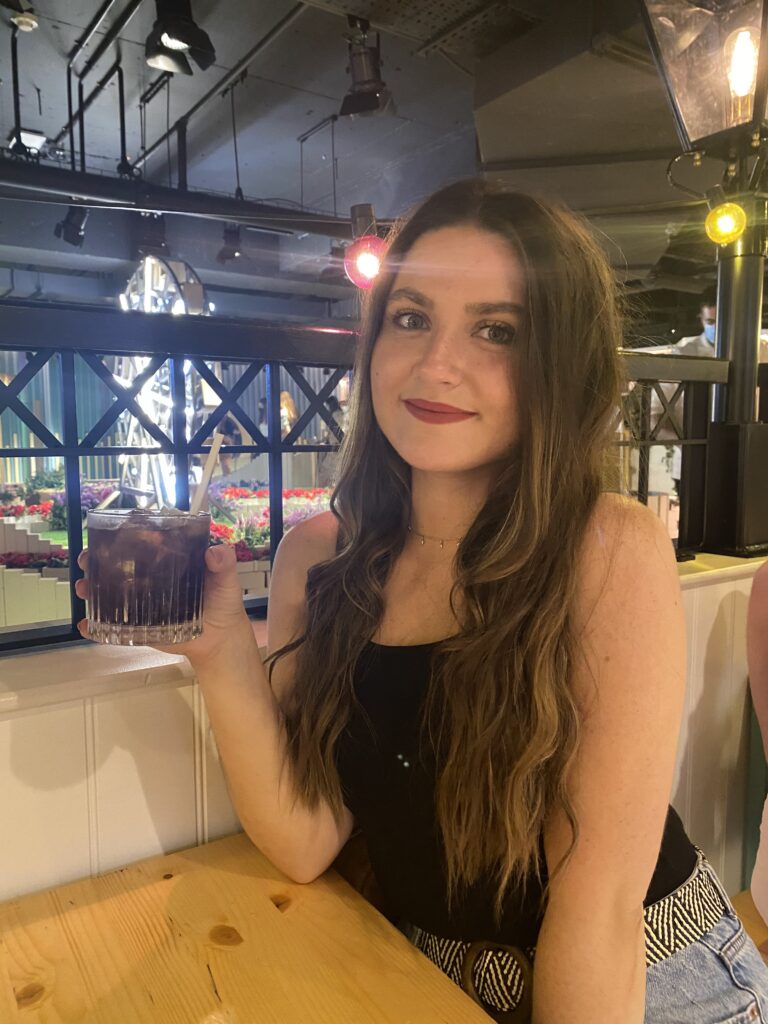
Chloe Lewis
Chloe looks after all copywriting and proof-reading for Drink Warehouse UK, working with the Marketing team to deliver educational content to all our customers. She has spent many years in the hospitality sector, moving from behind the bar to now helping venues to stock their own. You can find more from Chloe about beer, cider, spirits, wine, non-alcoholic, soft drinks and RTDs all over our blogs, website, social media and Set The Bar magazine.
Click here to receive the latest and greatest promotions, new products, competitions and so much more straight to your inbox.




